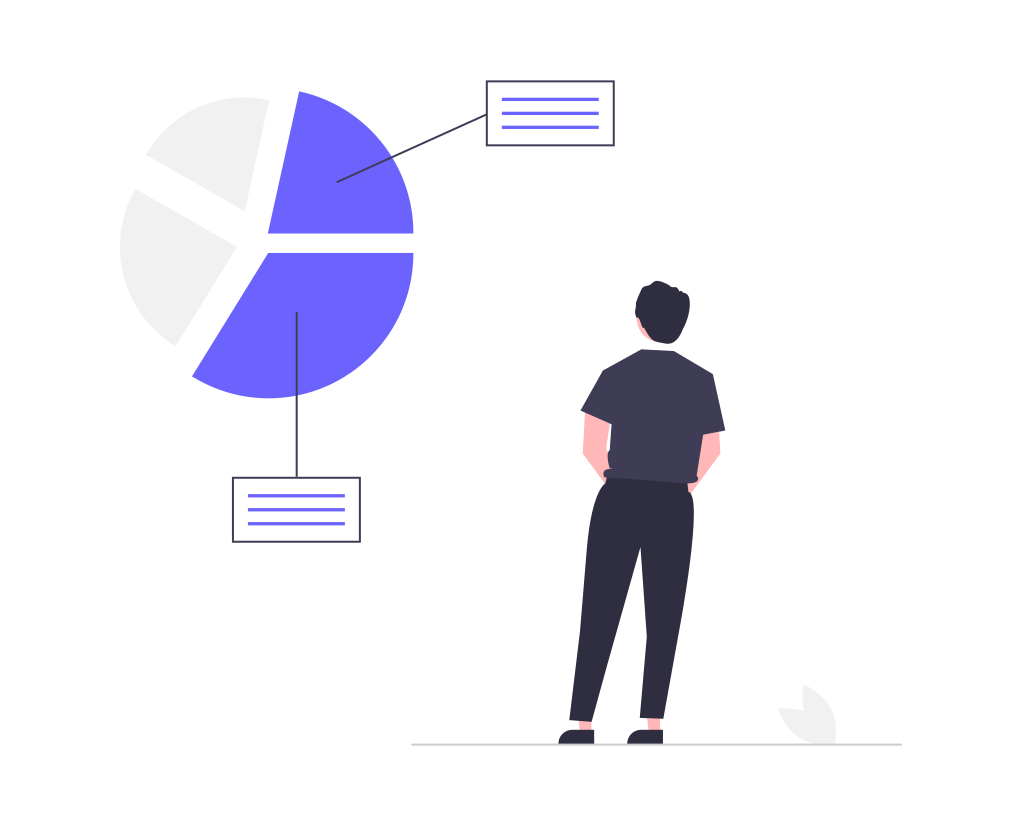In the dynamic landscape of B2B marketing, aligning sales and marketing efforts is crucial for achieving optimal results. One effective way to bridge the gap between these two functions is through customer segmentation. By understanding and targeting distinct customer segments, businesses can tailor their strategies to meet the unique needs and preferences of each group, thereby improving coordination and driving better outcomes. This blog explores how to use B2B customer segmentation to enhance sales and marketing alignment.
Understanding B2B Customer Segmentation
Customer segmentation involves dividing your market into distinct groups based on shared characteristics. These segments can be based on various criteria such as industry, company size, geographic location, and purchasing behavior. In the B2B context, effective segmentation helps in identifying the most valuable customers and tailoring your marketing and sales efforts to address their specific needs.
Benefits of B2B Customer Segmentation
-
Enhanced Targeting: Segmentation allows you to create more targeted marketing campaigns. By understanding the unique challenges and needs of each segment, you can craft messages that resonate more deeply, increasing engagement and conversion rates.
-
Efficient Resource Allocation: Knowing which segments have the highest potential value enables you to allocate your resources more effectively. This ensures that your sales and marketing efforts are focused on the most promising opportunities, leading to higher ROI.
-
Improved Customer Insights: Segmenting your customers provides deeper insights into their behaviors and preferences. This knowledge helps in developing products and services that better meet their needs, fostering stronger customer relationships and loyalty.
-
Personalized Customer Journeys: Segmentation allows for the creation of personalized customer journeys. By tailoring interactions based on segment-specific characteristics, you can provide a more relevant and engaging experience, enhancing customer satisfaction and retention.
Steps to Implement B2B Customer Segmentation
-
Data Collection and Analysis: Start by gathering data from various sources such as CRM systems, website analytics, and customer feedback. Analyze this data to identify common traits and behaviors among your customers.
-
Define Segmentation Criteria: Choose criteria that are most relevant to your business objectives. This could include demographic factors (e.g., industry, company size), geographic factors, and behavioral factors (e.g., purchase history, engagement level).
-
Segment Your Customer Base: Using the defined criteria, divide your customer base into distinct segments. Ensure that each segment is large enough to be meaningful but specific enough to allow for targeted strategies.
-
Develop Segment Profiles: Create detailed profiles for each segment, including their key characteristics, pain points, and needs. This will serve as a reference for developing tailored marketing and sales strategies.
-
Tailor Marketing and Sales Strategies: Based on the segment profiles, develop targeted marketing campaigns and sales approaches. Ensure that your messaging, content, and offers are aligned with the specific needs and preferences of each segment.
-
Align Sales and Marketing Efforts: Foster collaboration between your sales and marketing teams by sharing segment insights and strategies. Regular communication and joint planning sessions can help ensure that both teams are working towards common goals and using a unified approach.
Strategies for Aligning Sales and Marketing Through Segmentation
-
Shared Goals and Metrics: Establish common goals and metrics for both sales and marketing teams. This ensures that both teams are working towards the same objectives and can track progress using the same performance indicators.
-
Collaborative Planning: Involve both sales and marketing teams in the segmentation process. Collaborative planning sessions can help in developing a deeper understanding of each segment and ensure that strategies are aligned.
-
Integrated Technology: Use integrated technology platforms that provide a single view of customer data. This enables seamless sharing of insights and ensures that both teams have access to up-to-date information.
-
Regular Communication: Maintain regular communication between sales and marketing teams. Weekly or monthly meetings can help in discussing segment performance, sharing feedback, and making necessary adjustments to strategies.
-
Feedback Loop: Establish a feedback loop where sales teams can share insights from their interactions with customers. This real-time feedback can help in refining marketing strategies and ensuring they remain relevant and effective.
Conclusion
B2B customer segmentation is a powerful tool for improving sales and marketing alignment. By understanding and targeting distinct customer segments, businesses can develop more effective strategies that resonate with their audience, leading to improved engagement, higher conversion rates, and increased revenue. By fostering collaboration and ensuring that both teams are working towards common goals, businesses can create a cohesive approach that drives success in the competitive B2B landscape.


